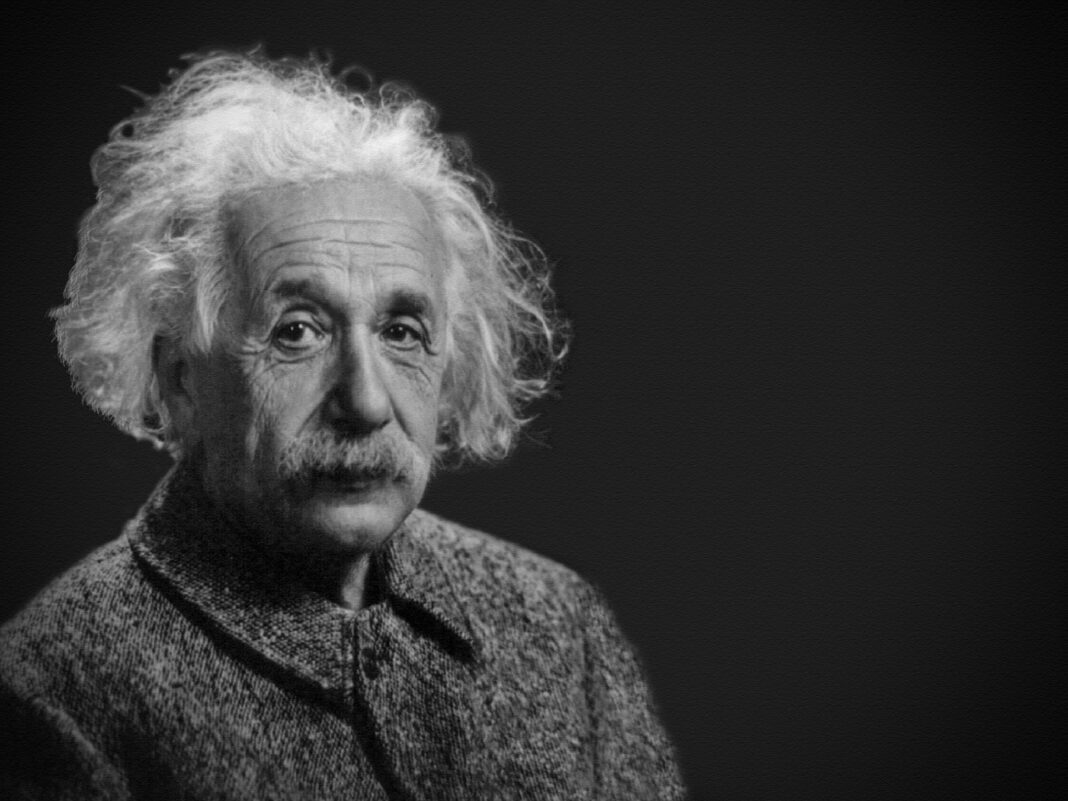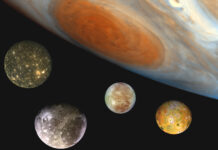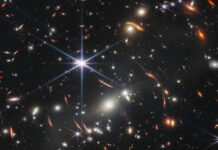Einstein’s seminal work, known today simply as “General Relativity (GR),” celebrates its 100th birthday this year; it’s only fitting that Science then vindicate his theory once again on this centennial, this time providing proof of not only the behaviour of gravity waves but also of the existence of black holes.
The actual discovery was in fact made in September of last year, using a very special “telescope” – of sorts – called the “Laser Interferometer Gravitational-Wave Observatory” (LIGO for short; in other words, it’s a telescope that can “see” gravity using lasers).
It detected gravity waves from the merger of two black holes; the “larger” was 36 times more massive than our Sun, while the “smaller” was only 29 times more massive. The final product was a black hole 62 times Solar-mass, with a whopping three whole Solar masses-worth of gravity waves emitted during the merger.
Traveling the many thousands of light-years to reach Earth, those gravity waves were a mere 35 to 250 Hz upon detection – the waves themselves are only on the order of ~1×10-21 (m). LIGO having been able to detect such waves of ~1×10-21 m, as predicted from General Relativity’s application to black holes, thus gives pretty solid credence to General Relativity itself as well as for black holes and their behaviour as worked out by Karl Schwarzschild.
Now, here is where it could get pretty cool: Why not use LIGO to sweep the skies above for solitary black holes in general, if possible? The biggest threat by black holes to our planet – our whole Solar System, really – is that they’re exactly that. Black. Their very physics prevents them from emitting light, so one could approach us and we’d never know until too late.
Their stupendous gravity is also bad news, as it can use said gravity to tear our whole Solar System apart, literally – the slowest, most painful death physically possible, because from our perspective the process would literally take forever.
Best case scenario is that the black hole flings Earth out into the depths of interstellar space, becoming a frozen-solid, rogue planet. Worst case is the black hole eats us up.
If solitary black holes also emit gravity waves of their own and if LIGO could be adapted to pick and determine the source of those waves, that would certainly be another big step. Even better, if there is a way to determine the nearness of said black holes via their emitted waves then we could even have an early-warning of sorts should any rogue black holes try to catch us off-guard.
100 years on, and Einstein may still be able to better Humanity…
Sources:
Abbott, B. (2016). Observation of Gravitational Waves from a Binary Black Hole Merger Physical Review Letters, 116 (6) DOI: 10.1103/PhysRevLett.116.061102
Emanuele Berti (2016). Viewpoint: The First Sounds of Merging Black Holes APS Physics 9 (2016) 17 arXiv: 1602.04476v2
Schwartzschild wiki
General Relativity wiki
Special Relativity wiki
Physics of back holes wiki
Death by neutron star youtube



